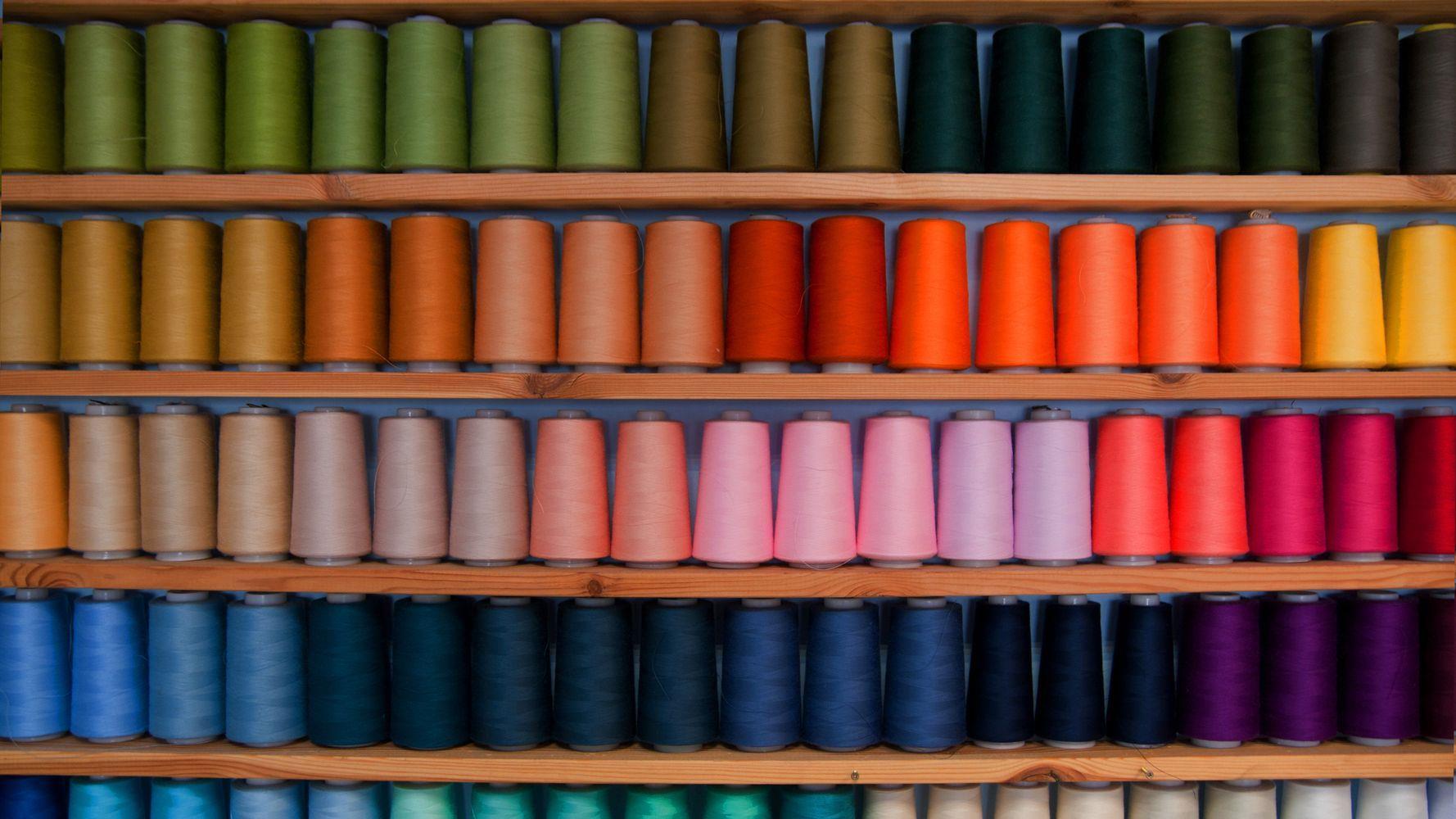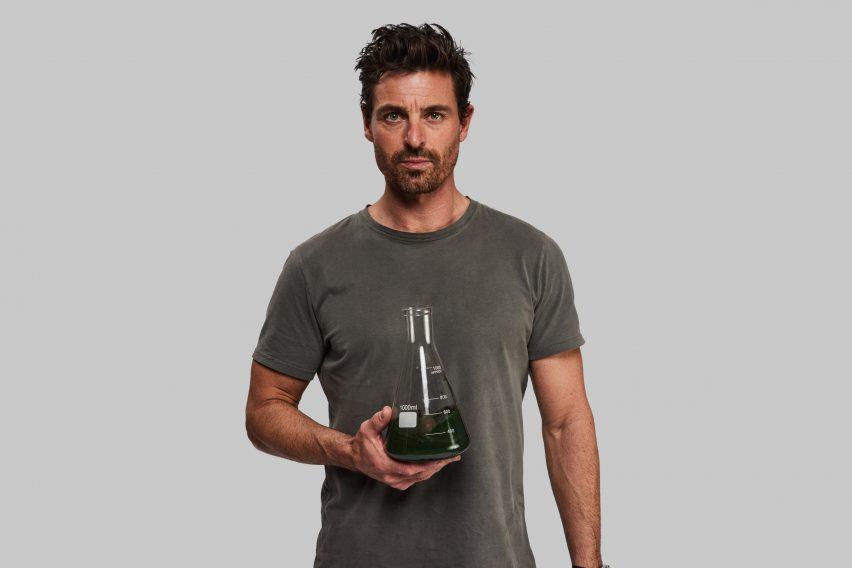
3 minute read
Dyes
Synthetic dyes contribute to a major part of pollution caused by textile production, with nearly 20 percent of global water pollution being linked to textile dyeing processes The main contributors to this problem are the use of non-biodegradable petroleum-based colourants to dye textiles, the use of toxic agents to fix colourants on textiles and the release of large amounts of these colourants and fixation agents into the surrounding ecosystem
Synthetic dyes are cheaper and therefore are more suited to mass production They do however, come at a great cost to the environment and people; contact with some chemicals can trigger allergic reactions, cause skin irritation and rashes and there are also concerns about the carcinogenic properties of some dyes
Advertisement
Although the most toxic ones such as azo dyes, are now banned in the UK On the bright side, natural dyes are making a comeback as the textile and fashion industry are looking for alternative colouring methods Throughout history, people have dyed their textiles using natural, locally available materials Most dyes have come from plant sources: roots, berries, bark, leaves, wood and more rarely from insect and mineral sources

Though the introduction of synthetic dyes in the mid-19th century meant that natural dyes, for the most part, became lost to technology Natural dyes can help to restore the environment and support rural industries Dye crops can be grown regeneratively with by-products, such as organic compost and biofuel, increasing the range of useful outputs
Natural dyes like Indigo, a blue dye that is extracted from the leaves of Indigofera tinctoria plant commonly used to dye denim, ranks high for sustainability It grows easily in various soil types without the help of chemical inputs As a legume (a plant, seed or pod of the family Fabaceae, such as beans or peas), it’s a natural fertiliser, fixing nitrogen into the soil and is often used in crop rotations to revitalise soil fertility The stems of the plant can even be used as a biofuel after the dye material has been harvested
The benefits of reviving natural dyeing processes are clear Using natural dyes provides a sustainable alternative to highly polluting synthetic dyeing industry responsible for the degradation of waterways and negative health impacts And with their potential to rebuild soil health and support local communities, natural dyes are a great solution to the regenerative textile movement
The experimental clothing brand Vollebak and biomaterials company Living Ink have teamed up to create a T-shirt using black dye made from algae instead of petroleum They claim this innovation marks breakthrough for sustainable fashion The dye has been developed over the course of five years of research and development It is made by taking waste spirulina algae from the natural food colouring industry and heat treating it to form a blackened char
To create the dye, Living Ink had to develop a technology that can grind the resulting pigments down to a size of just one micron The average human hair, for comparison, has a diameter of around 70 microns This is an essential as the pigment particles in the dye need to be microscopically small so that they can be absorbed by the fibres rather than just resting on the top like an ink These pigments are finally mixed with a waterbased binder, added to industrial dyeing vats
“Black algae dye doesn’t behave like traditional chemical dyes, so we spent around six months testing different combinations of materials to find the optimum mix for this product”, Steve Tidball said The labs showed that the specific combination of cotton, eucalyptus and seaweed absorbed the black algae dye best out of all the materials trialled
Officina+39, an Italian company, have developed the sustainable dye range Recycrom using recycled clothing, fibre material and text scraps The process of making the dye consists of an eight-step system (patent pending) in which all the fabric fibres are crystalised into an extremely fine powder that can be used as a pigment dye for fabrics and garments made of cotton, wool nylon, or any natural fibre
Recycrom offers great flexibility as it can be applied to fabrics using various methods such as exhaustion dyeing, dipping, spraying, screen printing and coating Recycrom is applied as a suspension which is unlike most dyes that are used a chemical solution The benefit of this is that it can be easily filtered from water, thus reducing the environmental impact
The process helps to lock away the carbon that was absorbed by the algae over the duration of its life, making the dye carbon negative according to Living Ink Meaning it could offer a more sustainable alternative to traditional black dye made from carbon black- a pigment derived from non-renewable fossil fuels that generates emissions through its extraction and refinement
Although cotton is a lot more waterintensive than some of Vollebak’s other materials such as linen or lyocell, the company says this trade-off was necessary to ensure the colour saturation of the Tshirt The final colour of the T-shirt resembles a faded black or slate grey But the two companies are currently working on creating a more intense black
These dye-related innovations are very promising and environmentally friendly but still require a lot of optimisation in terms of achieving low-cost production and commercial viability while meeting customer demands (relative to well established alternatives that benefit from economies of scale) High initial costs are an even greater concern now due to the rise in raw material costs and manufacturers finding it challenging to produce a finished garment sustainably without raising prices beyond what consumers are willing and able to pay










